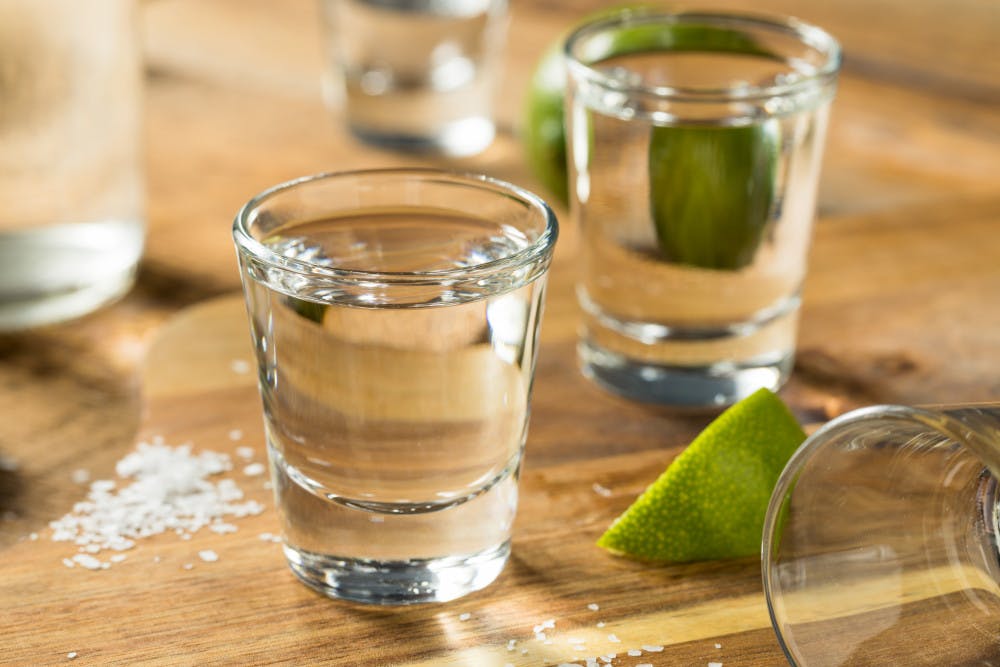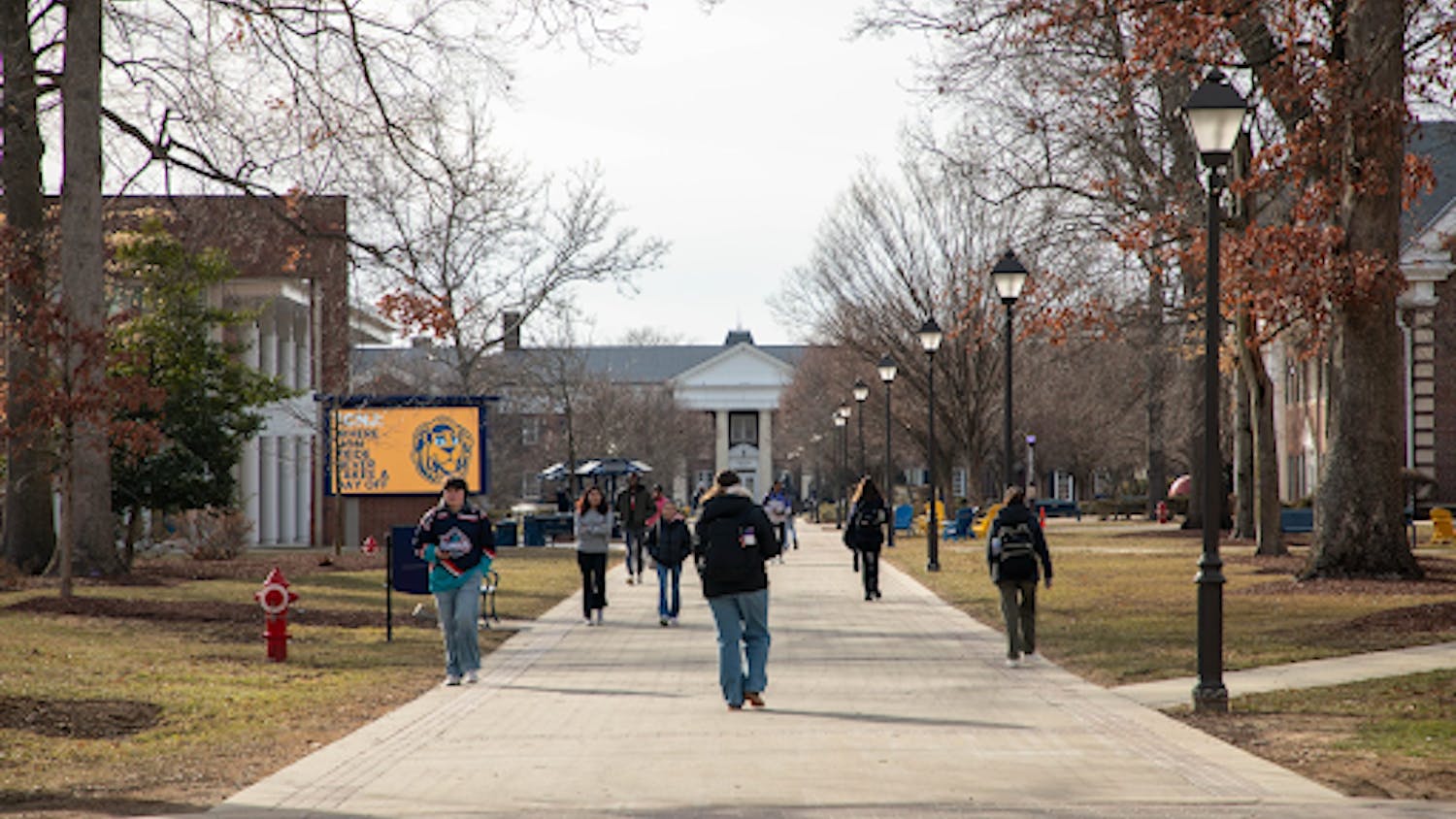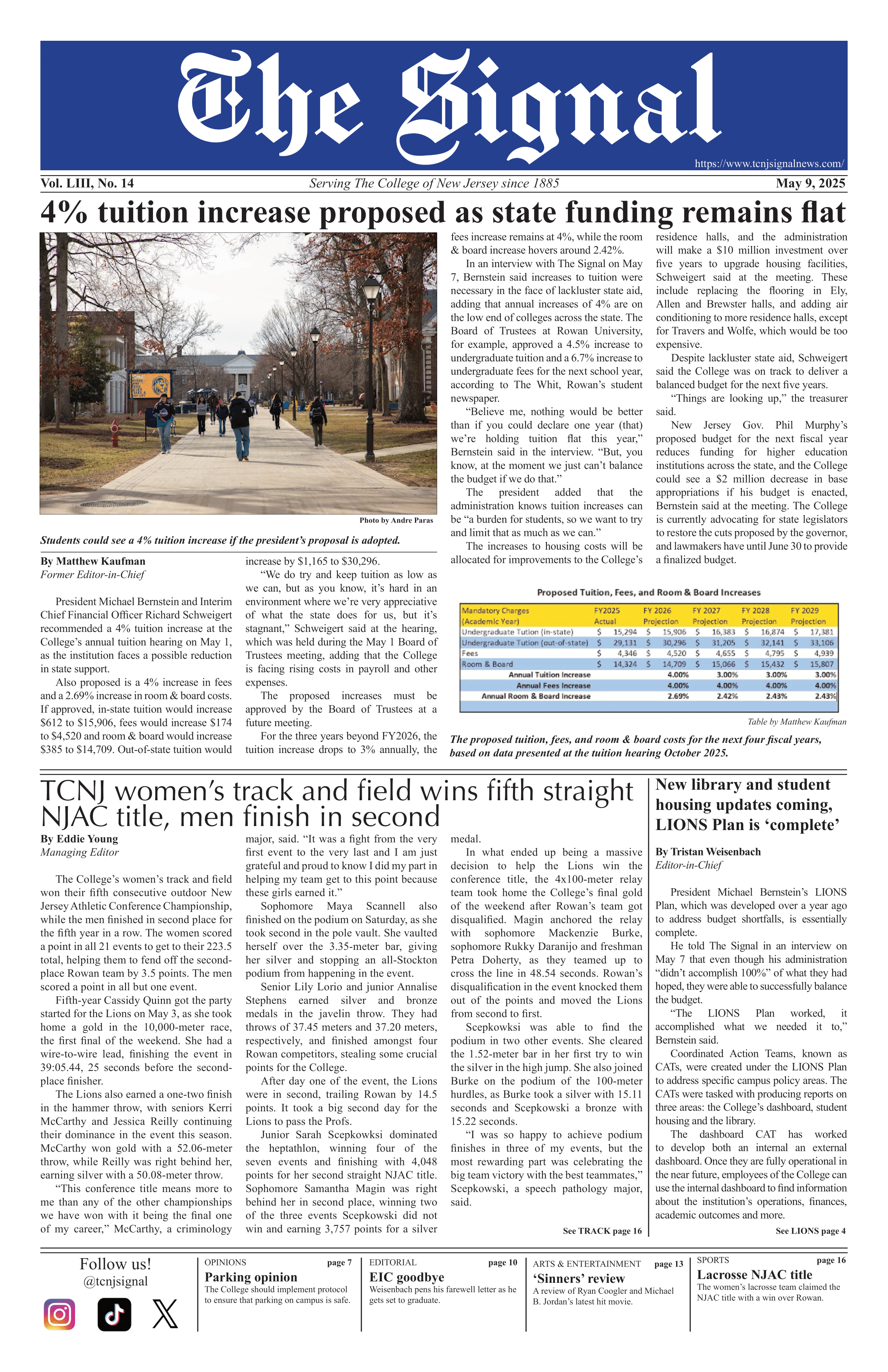By Shellen Arora
Correspondent
When many students think of college, they imagine parties with endless amounts of beer, “jungle juice” and hard liquor. Colleges’ notorious image of drinking and partying perpetuates the notion that it is easy to access and obtain alcohol. The easier access there is to alcohol, the easier it can be to engage in binge drinking as well. Students’ consumption of alcohol has adverse effects like hangovers, legal sanctions, fatalities and can inhibit one from making smart decisions. Nevertheless, the consequences of drinking can be curbed with the study of behavioral economics: how alcohol price relates to consumption.
In Dr. Margaret P. Martinetti’s talk, “From Dollar Bud Bottles to Cristal Champagne: Behavioral Economics of Alcohol Consumption in American College Students,” she explored the relationship between price and alcohol consumption using college-age subjects at the College and Université de Picardie in France.
Her sabbatical research project consisted of running two experiments. One experiment that was administered tested Alcohol Purchase Talk (APT) — asking students how many drinks they would purchase if each drink costs “x amount” of dollars — for American and French college students separately. There was another APT given to these students for non-alcoholic beverages. Additional measures like Alcohol Use Disorders Identification Test (AUDIT), Drug Use Questionnaire (DUG), consumption score and dependence score added to the significance of comparing the drinking patterns of American and French college students.
The results of the first experiment reveal that U.S. students consume more alcohol and use more marijuana. The access to non-alcoholic beverage alternatives mitigates the alcohol demand, and that APT may be effective for examining the overall alcohol demand in France. Additionally, cross-cultural differences — drinking in America versus drinking in Europe — display that Americans exhibit less sensitivity to the price of alcohol. In other words, American students would display more persistence to buy expensive alcohol than French students would.
Martinetti’s second experiment entails the replication of the basic APT findings in U.S. and French samples, specifically aiming to evaluate patterns of drinking, cigarette use, drinking motives and family history of alcohol problems. A similar sample to that of the initial experiment was utilized. Demographics, basic APT, Daily Drinking Questionnaire, Family Tree Questionnaire and Drinking Motive Questionnaire measures were administered to assess the sample.
According to the results, Americans consume more alcohol on Tuesdays, Thursdays, Fridays and Saturdays. Meanwhile, French students consume more alcohol on Fridays, Saturdays and Thursdays. Additionally, females within the American student population smoke more while males within the French student population smoke more. The overall study of alcohol consumption in relation to its price reveals that American students would pay more — $6 on average — for alcohol than French students — $5.25 on average.
Martinetti’s study demonstrated the application of behavioral economics to determine how college students’ change of drinking pattern can be influenced by the mere change of its price. A slight increase or decrease in price can spur a remarkable increase or decrease in the demand of the product. Thus, when alcohol becomes more expensive, college students will feel less discouraged to purchase the product, reducing the measured consequences of drinking.
These principles of behavioral economics could potentially alter drinking culture and patterns of college students for the future.







